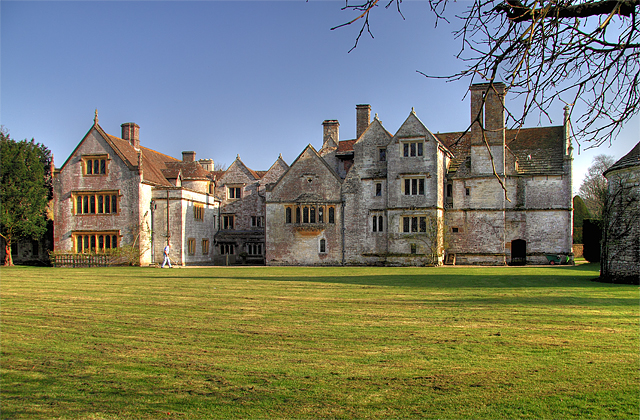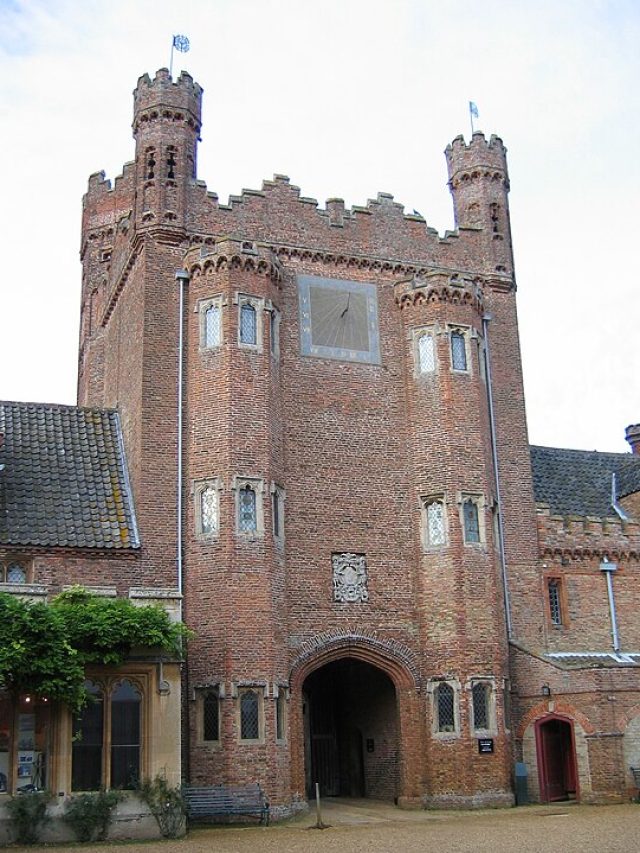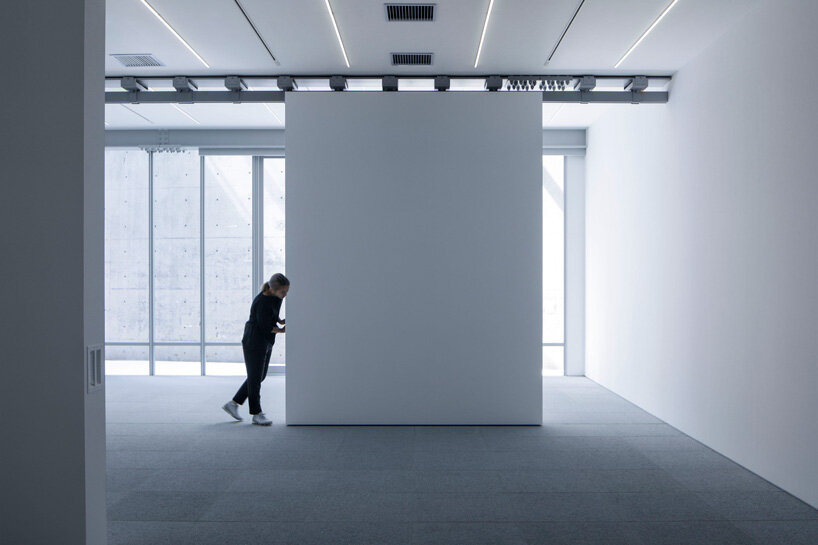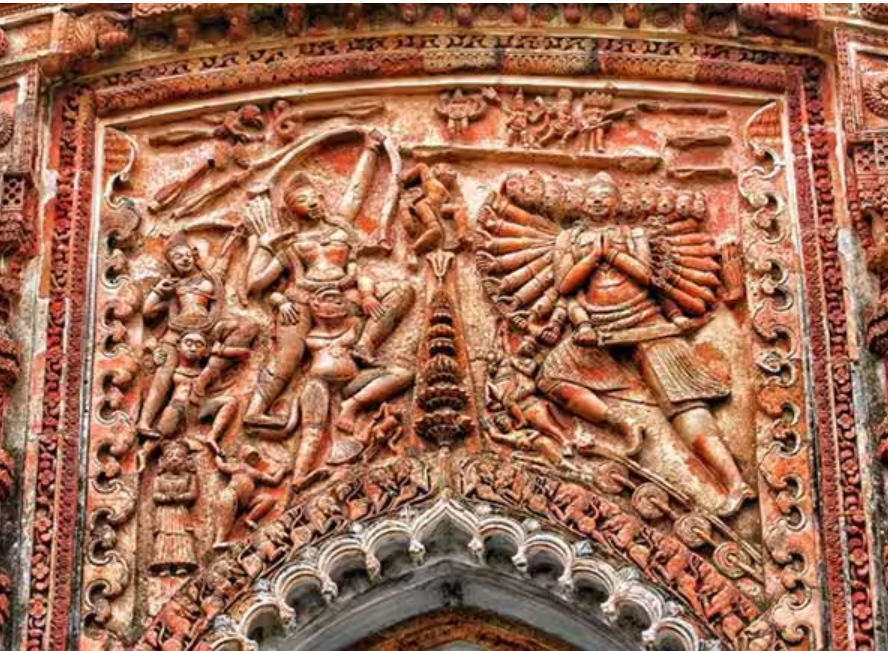The English Tudor era, which spanned the late 15th and early 17th centuries, is remembered for producing the most notable examples of half-timbered architecture. These homes are historical relics that capture their day’s social and cultural shifts and are architectural wonders. Tudor architecture emerged during the reigns of the Tudor kings, particularly Mary I, Edward VI, Henry VII, and Elizabeth I. It developed from previous mediaeval forms by fusing Renaissance ideas with Gothic customs. Although it was initially used to describe a particular architectural style, the term “Tudor” came to be connected with the Tudor dynasty in England.
Using intricate ornamental motifs and timber frames set Tudor buildings apart from other mediaeval architecture. Because of the freedom in design and construction afforded by the timber framing technique, houses of varying sizes and shapes have been built. The ornate roofs and finely carved wooden beams demonstrated money and artistry, frequently signifying the homeowner’s status. These homes served as residences and prestige symbols for the wealthy and well-connected. Tudor home sizes and ornamentation differed according to the owner’s social status and level of money. The arrangement usually had separate chambers for various purposes, mirroring Tudor society’s hierarchical organisation.
Tudor architecture eventually inspired other architectural movements in England and abroad. Later, English architecture, such as that of the Elizabethan and Jacobean periods, had elements of Tudor design. Beyond their construction, Tudor houses have left a lasting cultural impact on England, symbolising an era of political upheaval, artistic flowering, and innovative architecture. More than merely structures, Tudor architectural homes are historical relics that chronicle England’s past. These homes never cease to enthral with their charm and creative architecture, from their modest origins in the late Middle Ages to their grandiose forms during the Tudor era. Their construction, design, the things they stand for, and the people who lived in them give them significance.
Tudor Architectural Legacy

The Tudor dynasty and the measures taken to preserve its legacy and power may be familiar. Nonetheless, most expansive accounts of the Tudor kings fail to highlight their close bond with the constructed surroundings. The hunting lodges, palaces and castles fit for a queen, renovation projects costing millions of pounds, and monarchs unwilling to maintain the vast array of estates were just a few examples of the royal buildings that enabled power structures and hierarchies. Houses of Power, Dr Simon Thurley’s most recent book, discusses this. It offers the reader a new perspective on some of England’s most fascinating royal buildings by delving into the complexities of persons who lived, worked, and visited them.
Numerous constructions are unparalleled in their significance to our comprehension of the Tudor kings and society and how we interpret and portray them in contemporary culture. Nonetheless, research on the Tudors’ physical environment has concentrated chiefly on large-scale, avant-garde constructions like Nonsuch Palace and Hampton Court Palace. The scholarly discourse around Tudor architecture has been divided due to the fascination with the grand structures and Henry VIII’s ambitious building programmes. Communication between architectural historians and archaeologists remains limited, with knowledge sharing confined to scholarly conferences and publications. Over the last forty or so years, research on architecture has focused on the display of power, the social and political cues of heraldry, the idea of privacy and public spaces, and the changing architectural fashion.
It should be no surprise that Henry VIII has the most chapters devoted to large-scale construction undertakings. Twenty mansions, homes, and six castles were bequeathed to the second Tudor ruler for his use. From the beginning of his rule, it was evident that he would keep increasing his inheritance. Henry nearly doubled his inheritance by constructing and acquiring an additional 25 properties. In the parts about Henry VIII, Cardinal Wolsey is especially emphasised because of his opulent Hampton Court mansion. The reviewer believes that the chapter “Room Service” explores in detail how chamber arrangements allowed mobility by staff, visitors of various levels, the king, and the queen, is one of the most fascinating sections in the book.
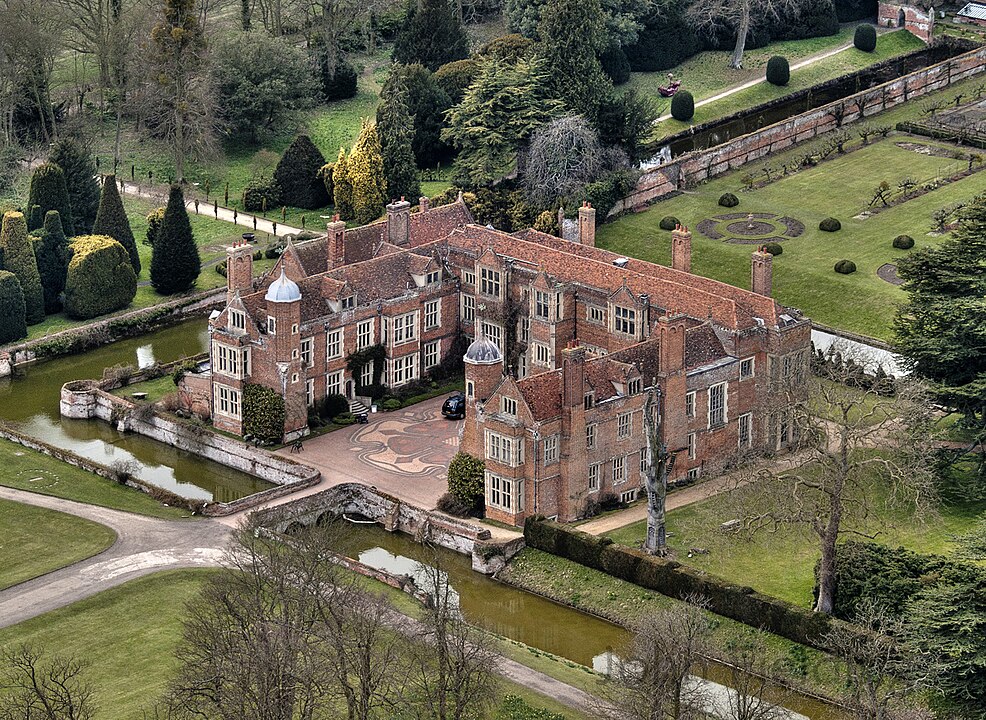
‘Over the centuries, royal buildings have been appreciated and admired in different ways, often as supreme examples of this architectural style. However, more recently, people have become interested in what royal buildings can tell us about monarchs’ lives. In 1984, I became fascinated by this interaction between power, protocol, and architecture. By the way, royal buildings contained evidence that, if it could be unravelled, would reveal a great deal about how kings and queens lived and governed’, writes Simon Thurley in his book ‘House of Power’.
According to Simon Thurley, ‘Medieval London – still crammed into a square mile enclosed by walls – was a city of precincts. Packed in amongst the tall, timber-framed houses of the citizens and merchants were the walled enclaves of over twenty monastic institutions. These were like mini cathedrals, approached via gatehouses on the street and protected by tall walls on all sides. And just as the Church had enclaves in the City, so did the Crown – two of them. One was the Tower of London, perched just outside the City’s eastern administrative boundary, while in the west was another that included Baynard’s Castle, a large riverside mansion built by Humphrey, Duke of Gloucester, in the late 1430s. From the street, all that could be seen was a massive wall with a gatehouse at one end, but inside was a spacious courtyard and OK rooms overlooking the river. This was a place rich in symbolism for Henry because, in March 1453, the house had been granted to his father, Edmund Tudor, who was Henry VI’s half-brother.
England’s rich cultural legacy and architectural inventiveness are demonstrated by the architecture of the Tudor era. Tudor structures exhibit their era’s artistry and embody the social and historical tales of the Tudor era, from their characteristic timber frame to the fine details of their chimneys and roofs. These buildings’ enduring attractiveness still draws people in today, providing a window into a bygone age that has profoundly impacted architectural history.


